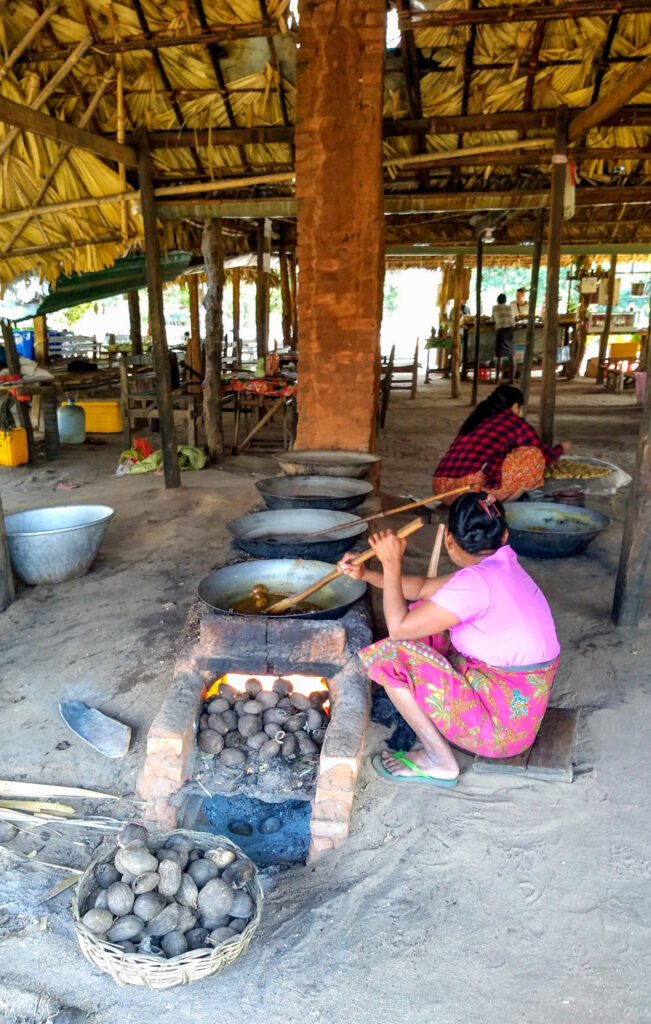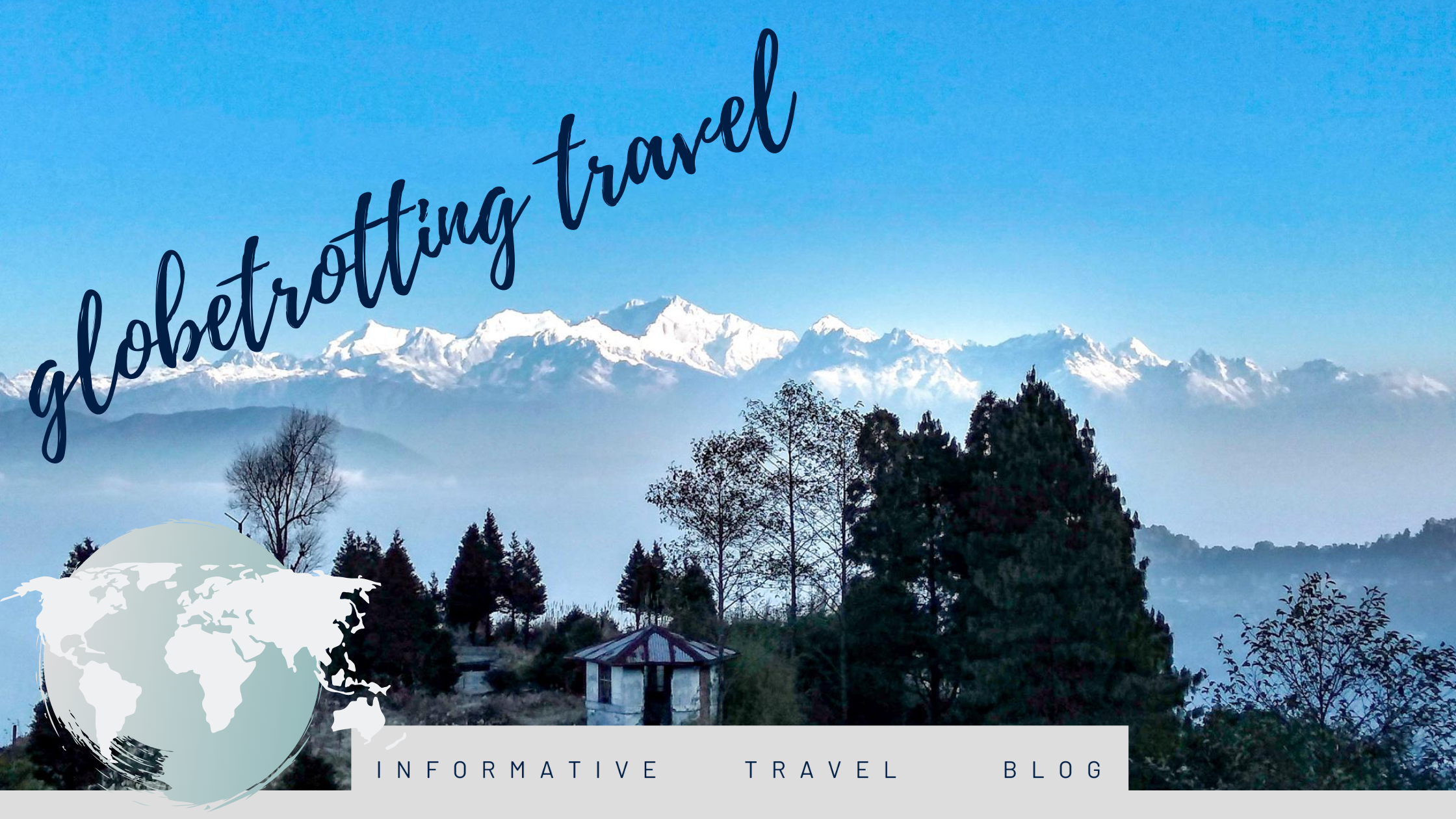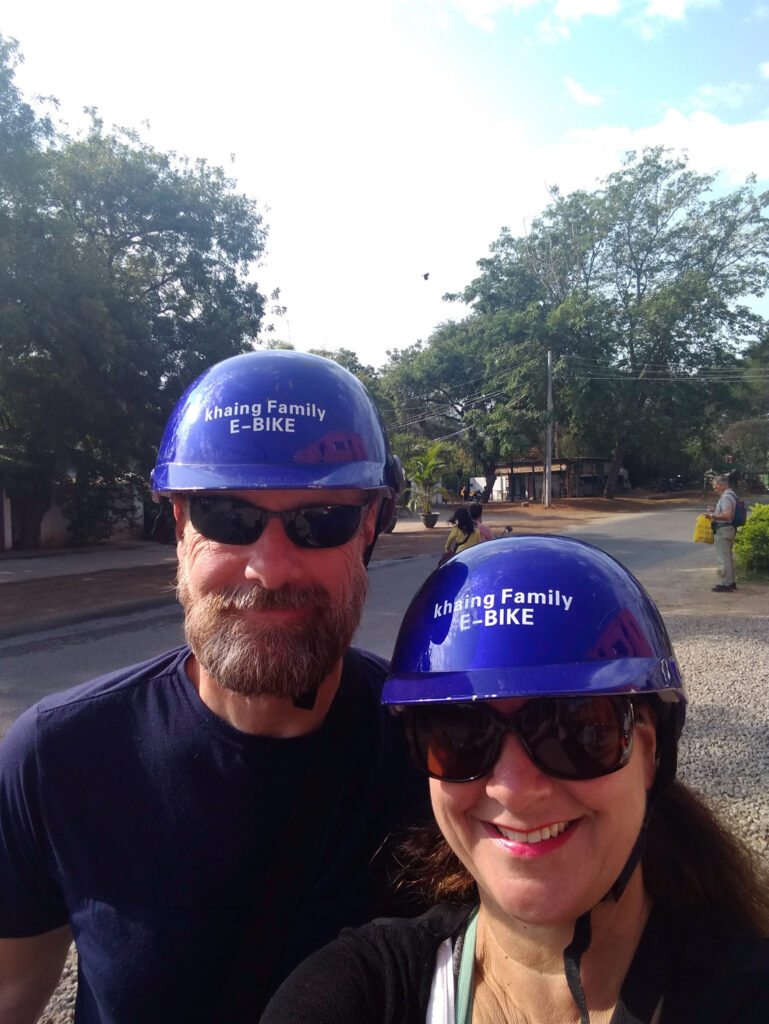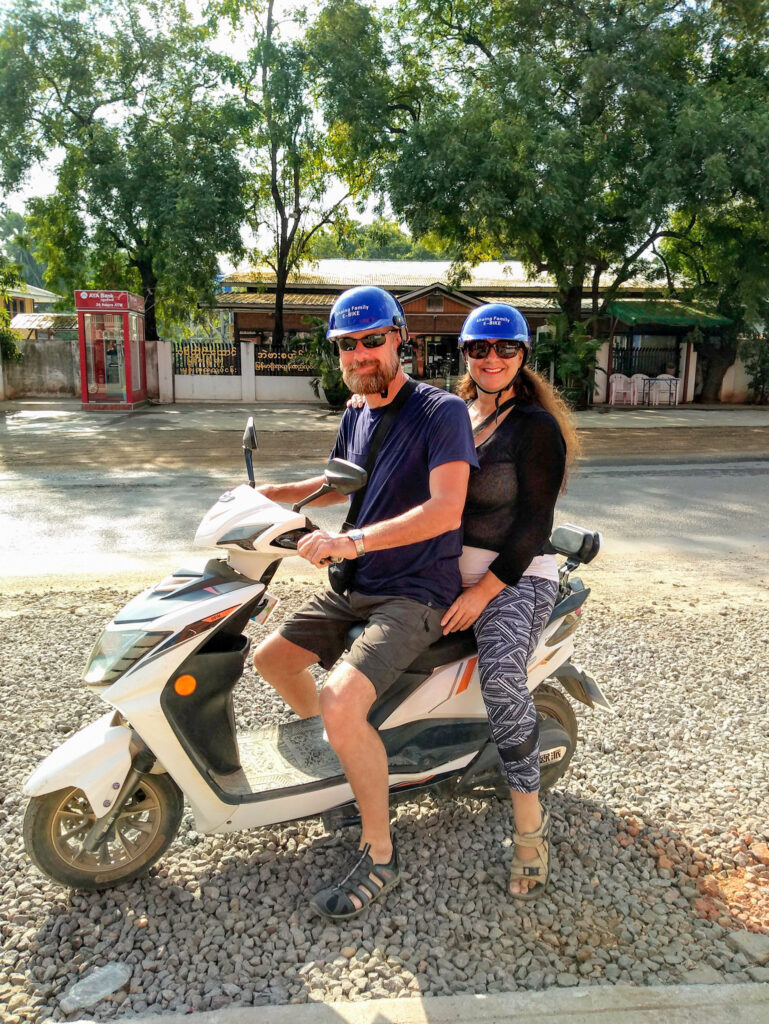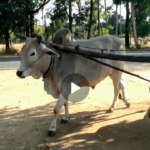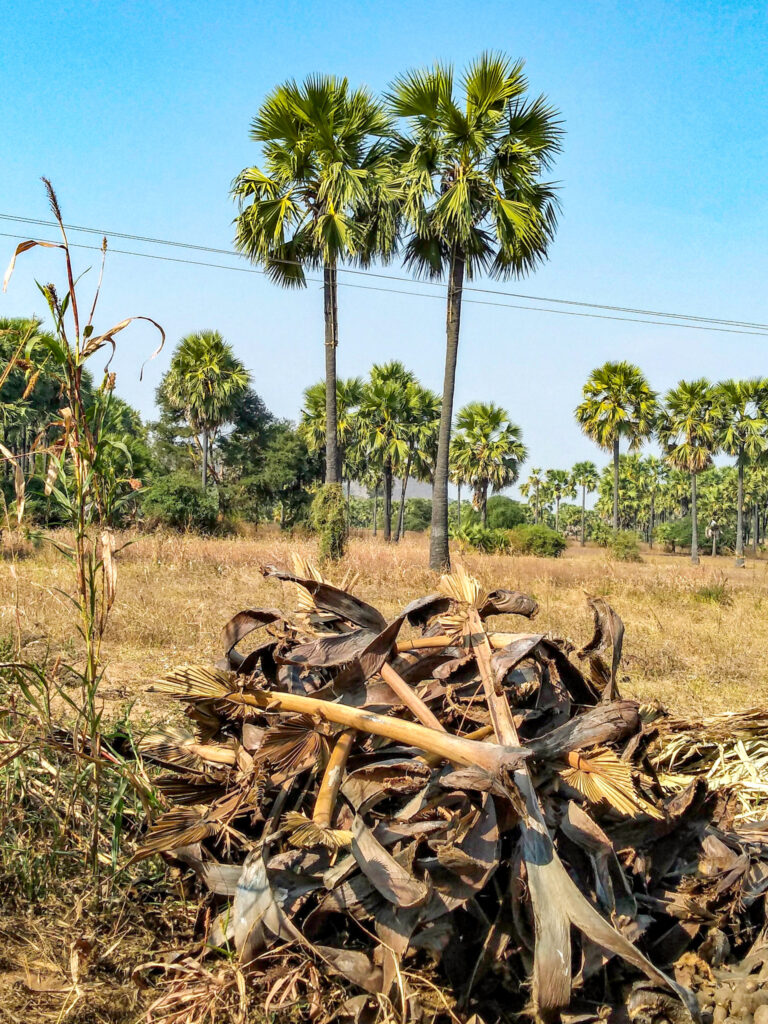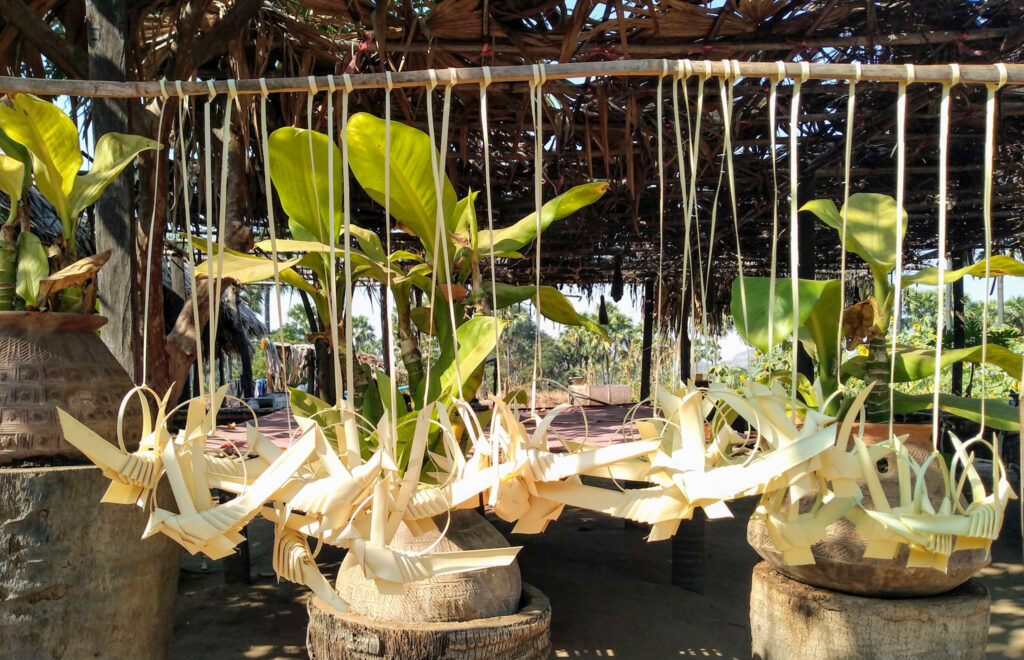“The City that Tramples on Enemies”.
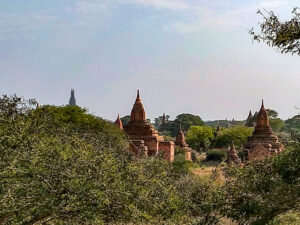
See photos
Where is Bagan?
The Old City of Bagan lies in the vast expanse of plains in Upper Burma on the bend of the Irrawaddy River. It stands out for not only the sheer number of religious edifices but also the magnificent architecture of the buildings.
Overview
Between the 11th and 13th centuries. 4,446 Buddhist temples, pagodas, and monasteries were constructed on the Bagan plains alone.
Today only 3,822 temples and pagodas are still surviving on the plains with Bagan being home to 2,229 of them. Earthquakes being the major contributing factor, damaging many temples, some beyond repair. Some damaged pagodas underwent restorations in the 1990s.
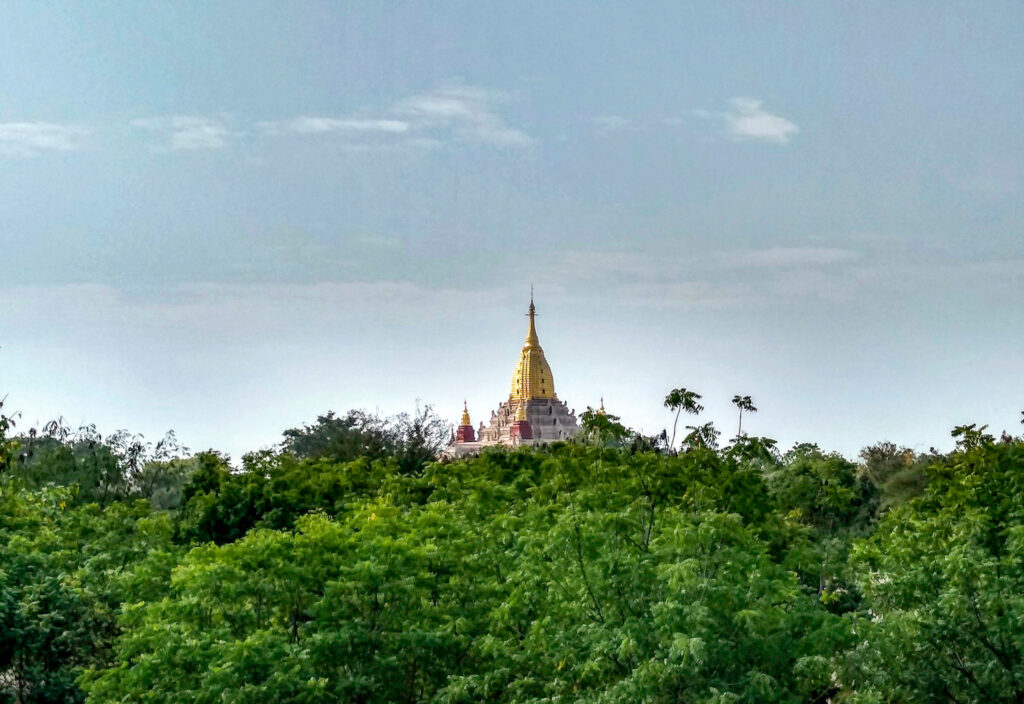
The military government of the time sought to make Bagan an international tourist destination. However, as with the Mandalay Palace, the restoration works paid little attention to the original architectural features, using modern construction materials for the work.
Getting there
Our journey from Mandalay to Bagan was by boat on the Irrawaddy River.
Our accommodation
During our time in Bagan, we chose to stay at the Bagan Beauty Land Hotel, booked through Booking.com. Don’t be put off by the external appearance of this hotel the rooms are spacious, clean, and nicely decorated.
Located in the Nyaung U district of Bagan, like all hotels in Bagan, it isn’t far from some of the many temples.
Our room had air conditioning, a flat-screen TV with satellite channels, a fridge, a kettle, a hairdryer, and a wardrobe. The private ensuite bathroom had a large hot water shower, which had plenty of pressure.
Buffet breakfast was included within our room rate. However, the restaurant wasn’t open for dinner, although they did offer a room service menu.
Restaurants
Weather Spoon’s bar and restaurant
A cosy place, serving good local and western dishes. The staff is very friendly. A nice touch is that the walls and ceiling are covered in international messages of goodwill.

We enjoyed the food so much, we went back for a second time. Something we very rarely do.
Places of interest
On entering the town there is a charge, officially the fee to enter Bagan archeological area is 25000 Kyat per person. Or the charge can be paid in dollars or euros.
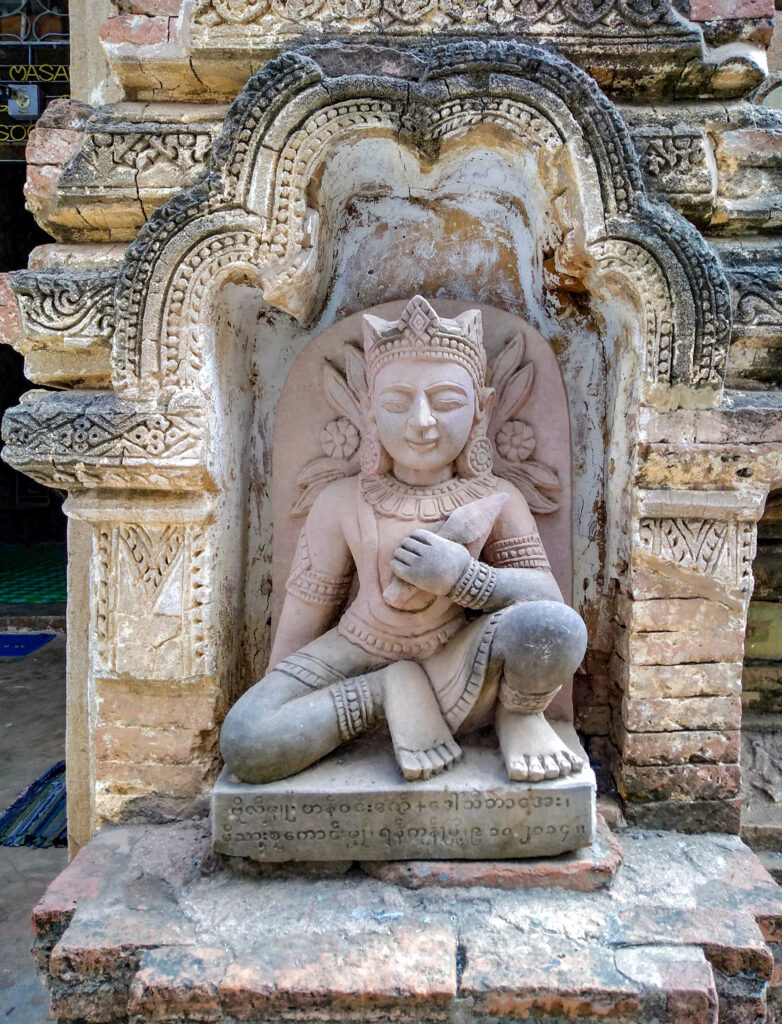
You are advised to take a photo of your ticket on your phone, just in case you lose the ticket. Your photograph is also taken and linked to your ticket.
Bagan is the site of the densest collection of Buddhist temples, stupas, and monasteries in the world, with over 2000 of them. This makes seeing them all a daunting task.

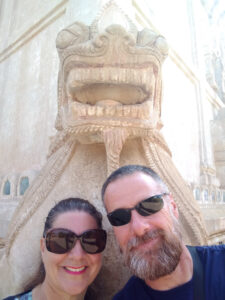
Sadly many structures have been destroyed by earthquakes or erosion over time, being reduced to piles of rubble. However, what has remained has been restored makes for fascinating viewing.
Obviously there are some temples that have become the major tourist attractions, making them busy. Going off the beaten track can lead to finding a real hidden gem.
Getting around the temples
Transportation is required to get the best out of seeing as much as possible. We hired an e-scooter from our accommodation Bagan Beauty Land Hotel for 10000 Kyat a day.
Plenty big enough for the two of us and cheaper than hiring one each at 8000 Kyat per scooter. They provide an excellent, quiet, and eco-friendly way to explore the magnificent structures around Bagan.
The Burmese people consider all temples sacred. Therefore clothing should be modest, covering both knees and shoulders for both men and women.
Every one of the 2,229 plus temples, stupas, and pagodas has its own story. Many of them can be freely explored. But climbing temples is now prohibited.
With there being so many, we felt that it would be easiest to just start exploring. In our opinion, there are some sites that should not be missed. These include:
Ananda Pagoda
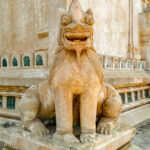
Gawdaw Palin temple
Myadaung Monastery
Tharabha Gate
Dhammayangyi temple
That Byin Nyu temple
Shwesandaw Pagoda
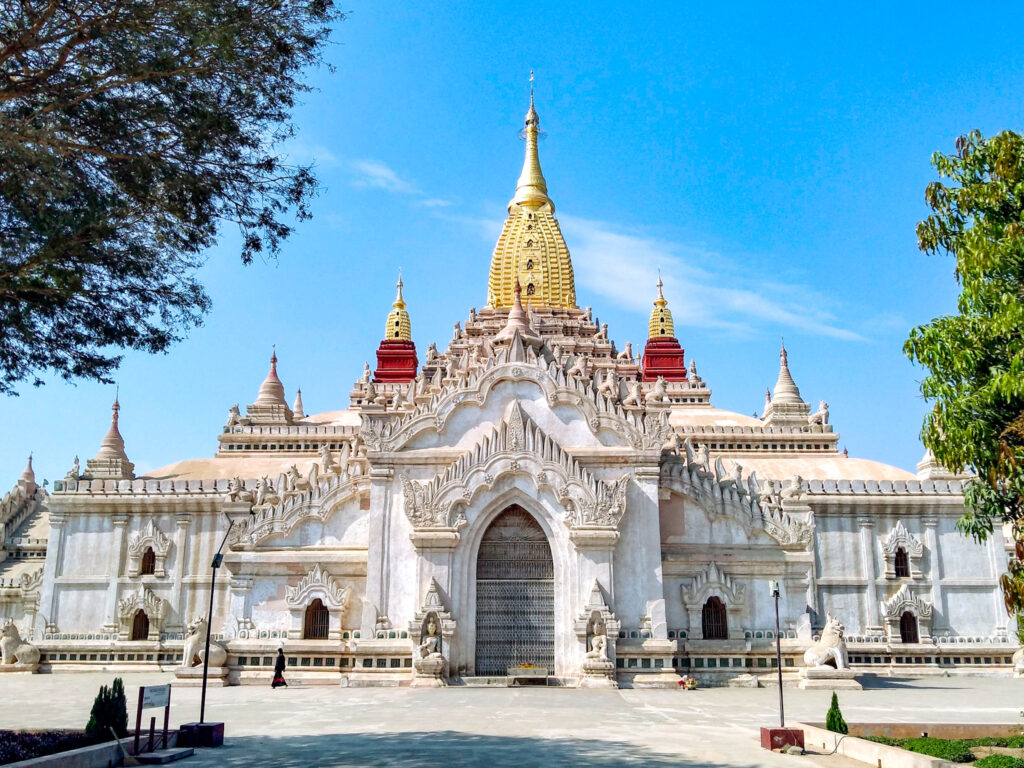
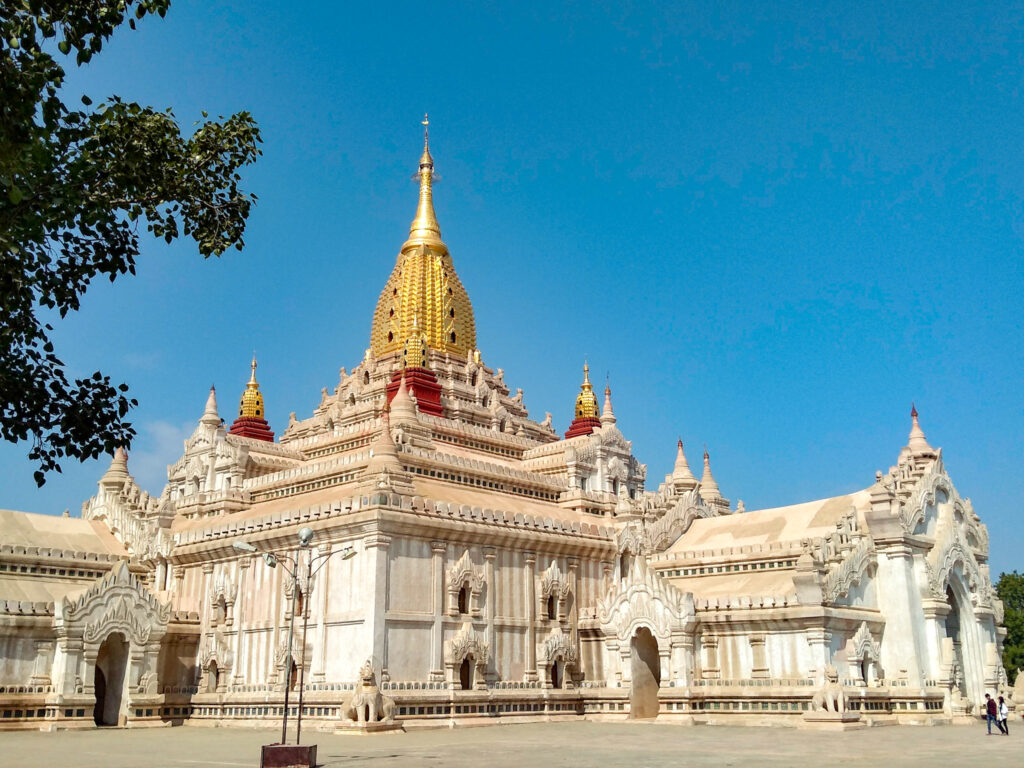



Shwezigon Pagoda (Golden Temple)
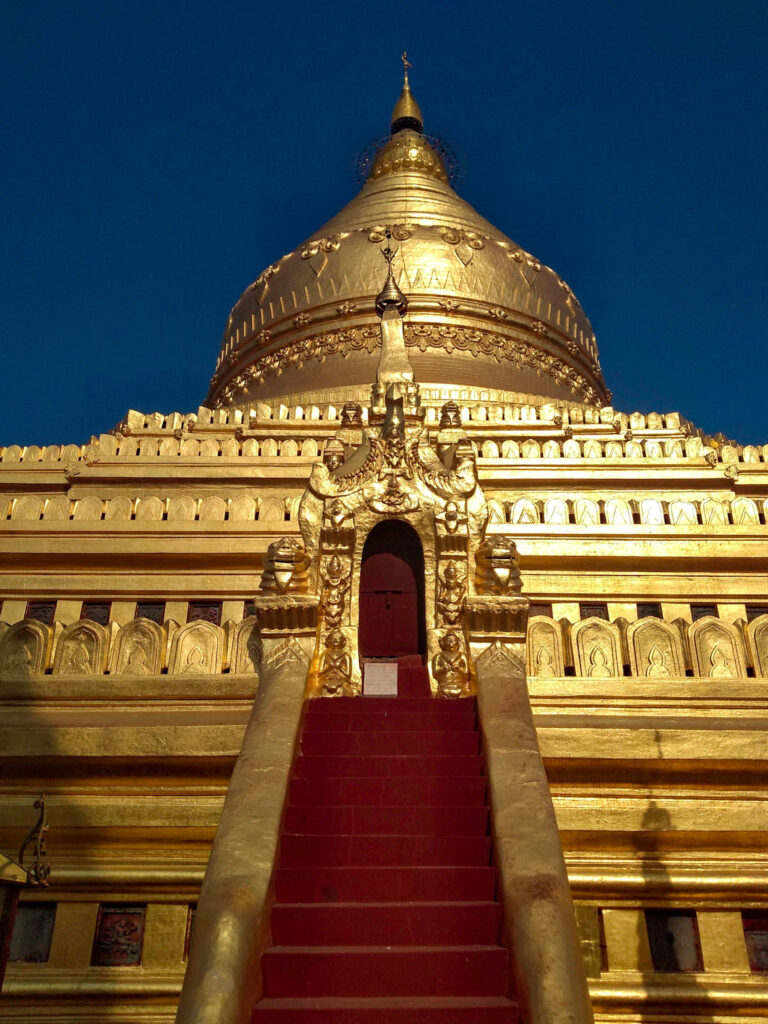

Mount Popa
31 miles to the southeast of Bagan is Taung Kalat (pedestal hill), a sheer-sided volcanic plug, to the side of Mount Popa volcano that created it. Taung Kalat, commonly referred to as Mount Popa, is 657m above sea level. It has a Buddhist monastery located at its summit.
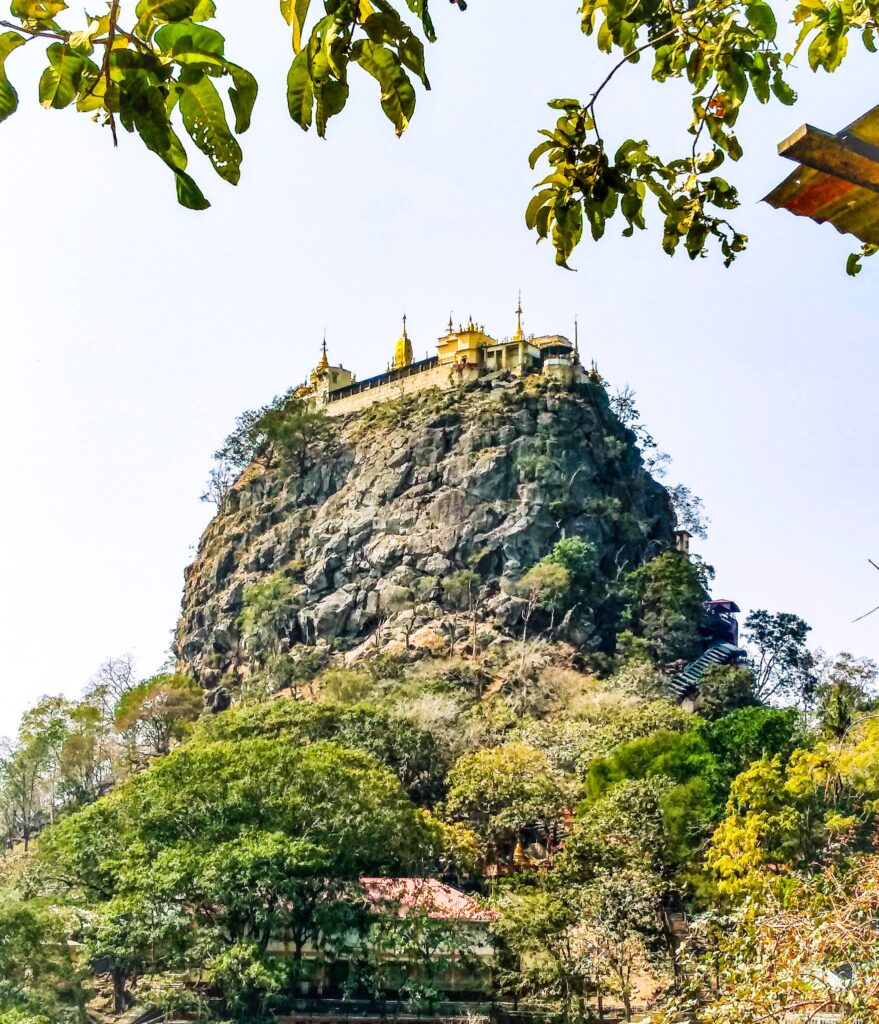
Access to the monastery is via 777 steps, which take about 20 minutes to ascend.

To avoid confusion, the volcano, which has its crater blown open on one side, is generally called Taung Ma-gyi (mother hill). The crater itself is a mile in diameter.
From our accommodation in Bagan, we took a shared minivan to see Mount Popa. Booked at one of the many roadside travel shops for 9000 Kyat per person. The minivan picked us up from our accommodation, the Bagan Beauty land hotel at 0900 hrs.
Our trip was broken up with a stop at a traditional peanut oil press. Which was turned by a bullock.

Within the same building, there was the production of Toddy palm jaggery. A traditional Myanmar sweet served as dessert after a meal to help digestion.
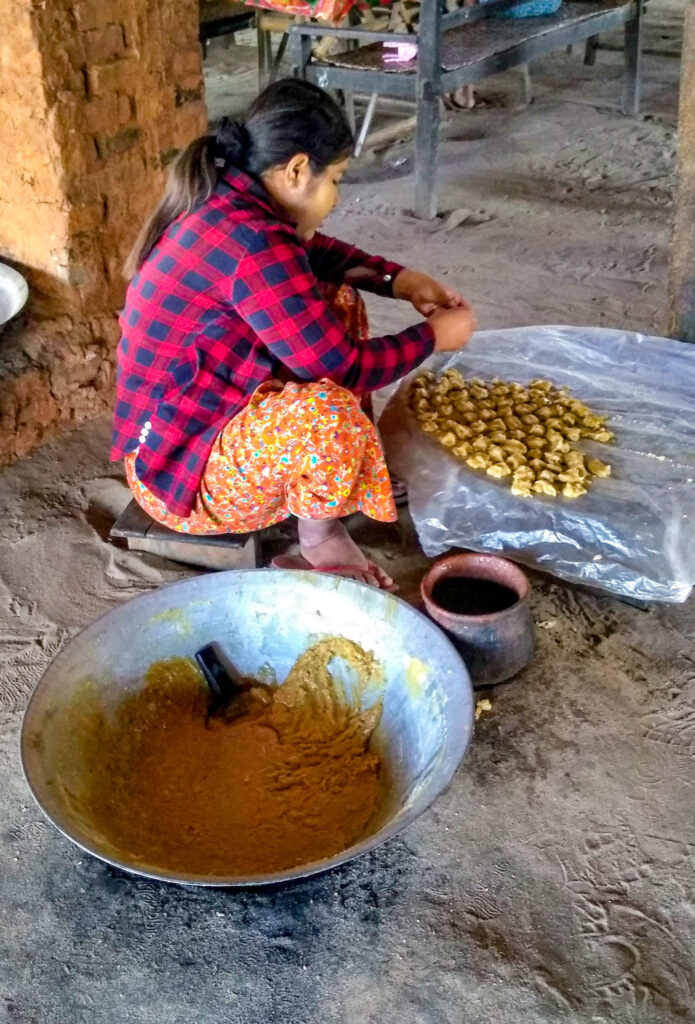
There was also a very crude palm wine distillery, producing some rather potent hooch.
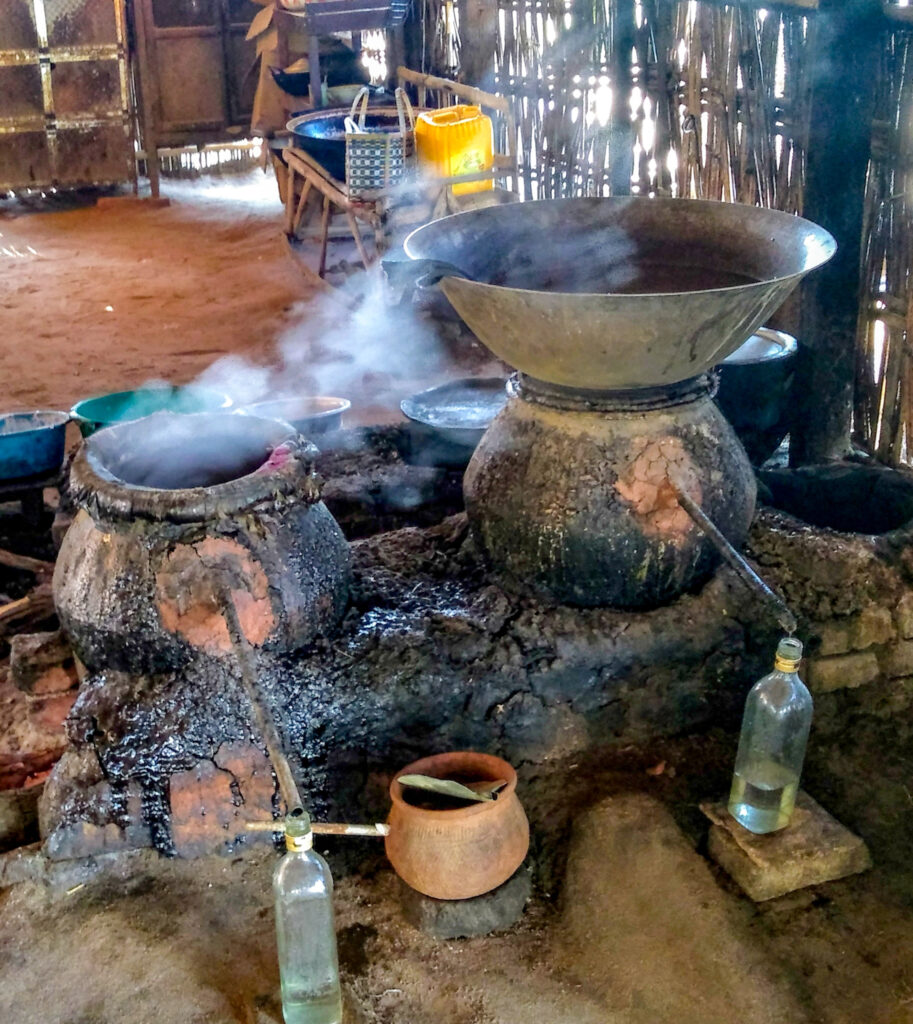
The palm trees provide the fuel for the fires, the timber for houses and the leaves for the roofs, so all in all, used in its entirety.
